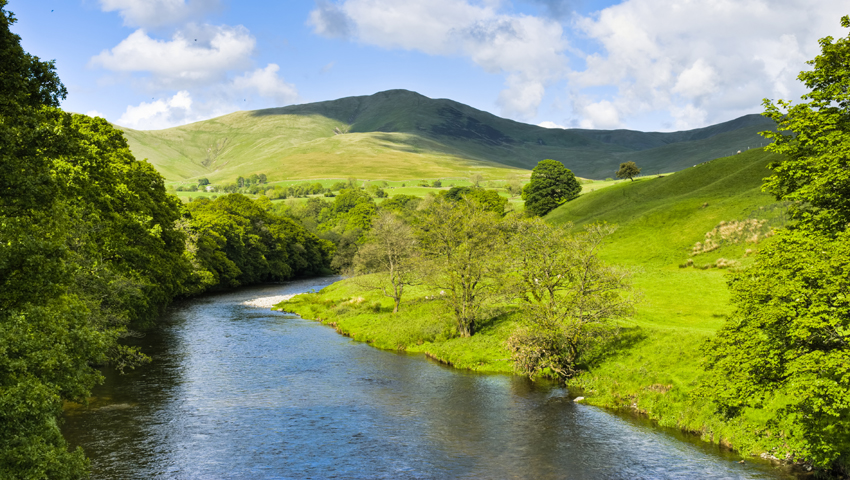Calum Gillhespy from GSC Grays writes that Natural England has sold the first “credits” to allow house builders to offset the impact of nitrates generated by development within the River Tees catchment.
John Coleman, Head of Farm Sales, GSC Grays believes we could be moving to a point where the value of eco-system services outstrips farming.
Under Natural England’s Nutrient Mitigation Scheme developers work out how many credits they need to buy based on the nutrients the development needs to mitigate. The credits fund mitigation activities, such as creating a new woodland or wetland and is designed to balance out any nutrient pollution produced by the housing development.
John Coleman said: “Agriculture is one of the biggest contributors to the nitrates problem and one means of mitigation is to take land out of farming production. Based on the price of the Natural England credits at £1,825 each, this broadly equates to the freehold agricultural value of the land.
“We are entering an interesting period where the value of eco-system services has the potential to outstrip that from farming based on the early transactional evidence seen so far.”
The 400 credits in the River Tees area were offered for sale and will be followed by further opportunities later this year to acquire more. GSC Grays understands that these will also be limited to 400 units in each round of sales.
While they will not satisfy the requirements across the catchment this does provide a figure around which others are likely to work. While it is an embryonic market, it is one to watch closely over the coming months and years and sellers who can retain flexibility and respond quickly to local demand could well see higher values being achieved.
Builder and developer responses to opportunities offered through GSC Grays have been enthusiastic and while they have not yet resulted in any offers, there is more evidence of transactions in relation to Biodiversity Net Gain.
Biodiversity Net Gain increases the overall value of a site by creating or enhancing habitats in association with a development. From November 2023, a development has to generate a 10% gain in the baseline biodiversity of the site being built. This can be achieved on site or, in some instances, within the owner’s landholding elsewhere.
John Coleman said “There is now evidence coming forward of reasonable premiums being paid, for land which is to be used for the creation of habitats to provide off site mitigation.
“There has been a lot of time spent discussing the potential of eco-system services to introduce new income streams but as with any emerging markets, there remains uncertainty and some significant risks.
“It remains to be seen whether these premiums will continue as supply starts to match demand, however, that is likely to be some way off. “
